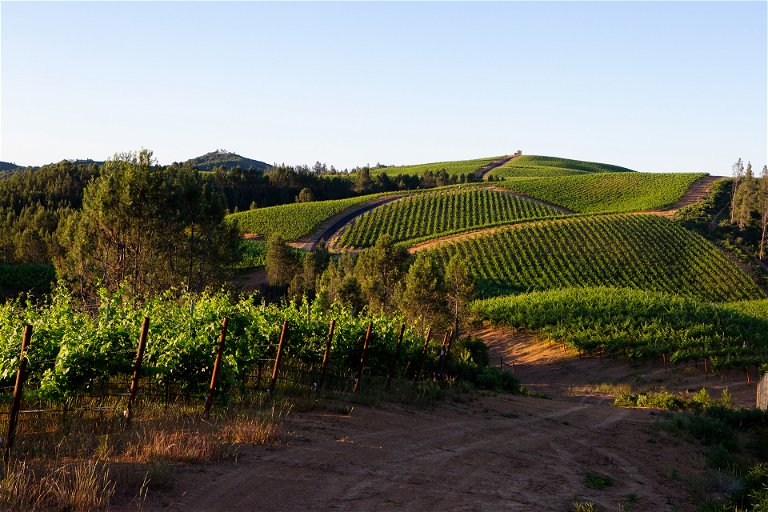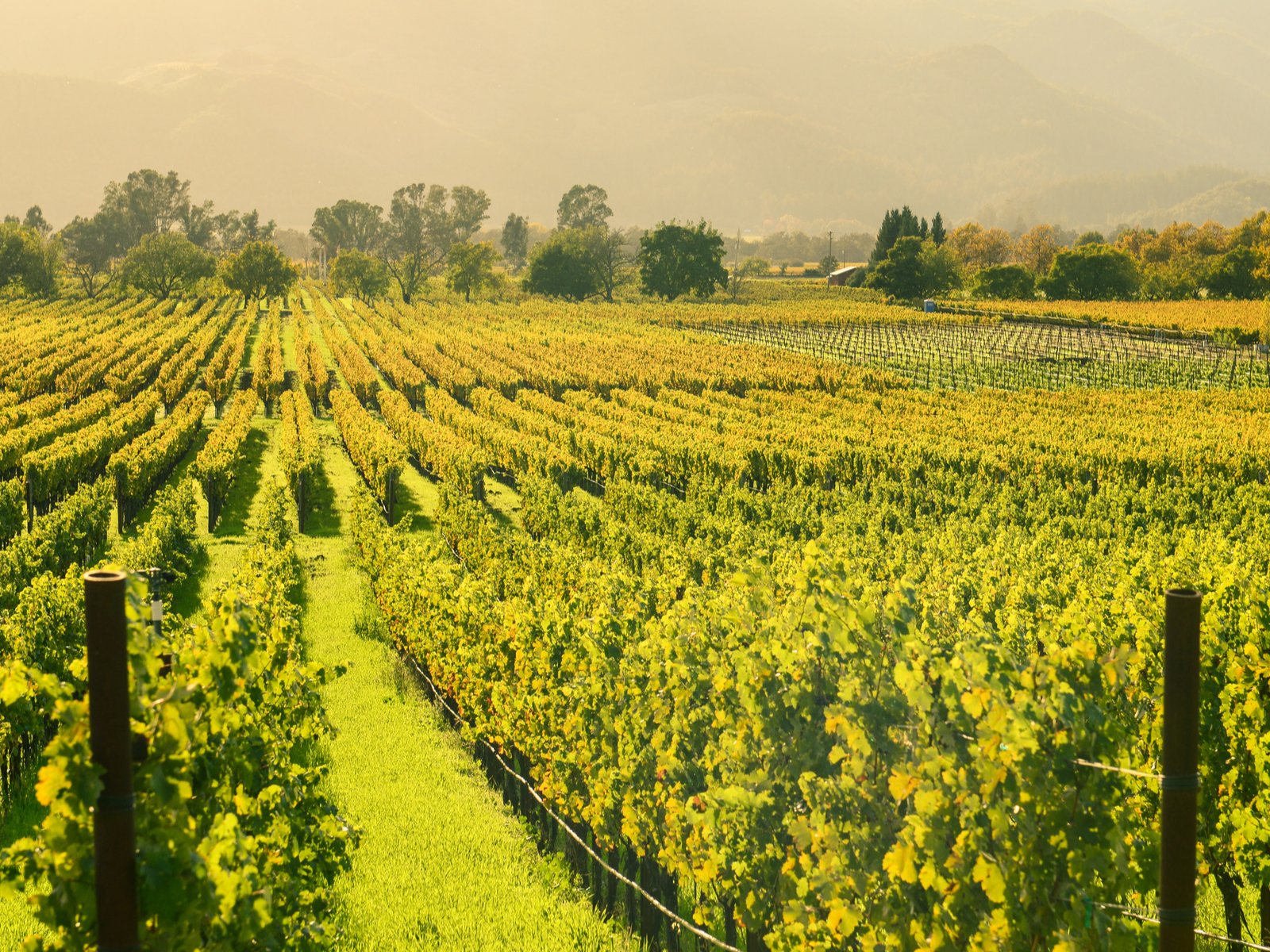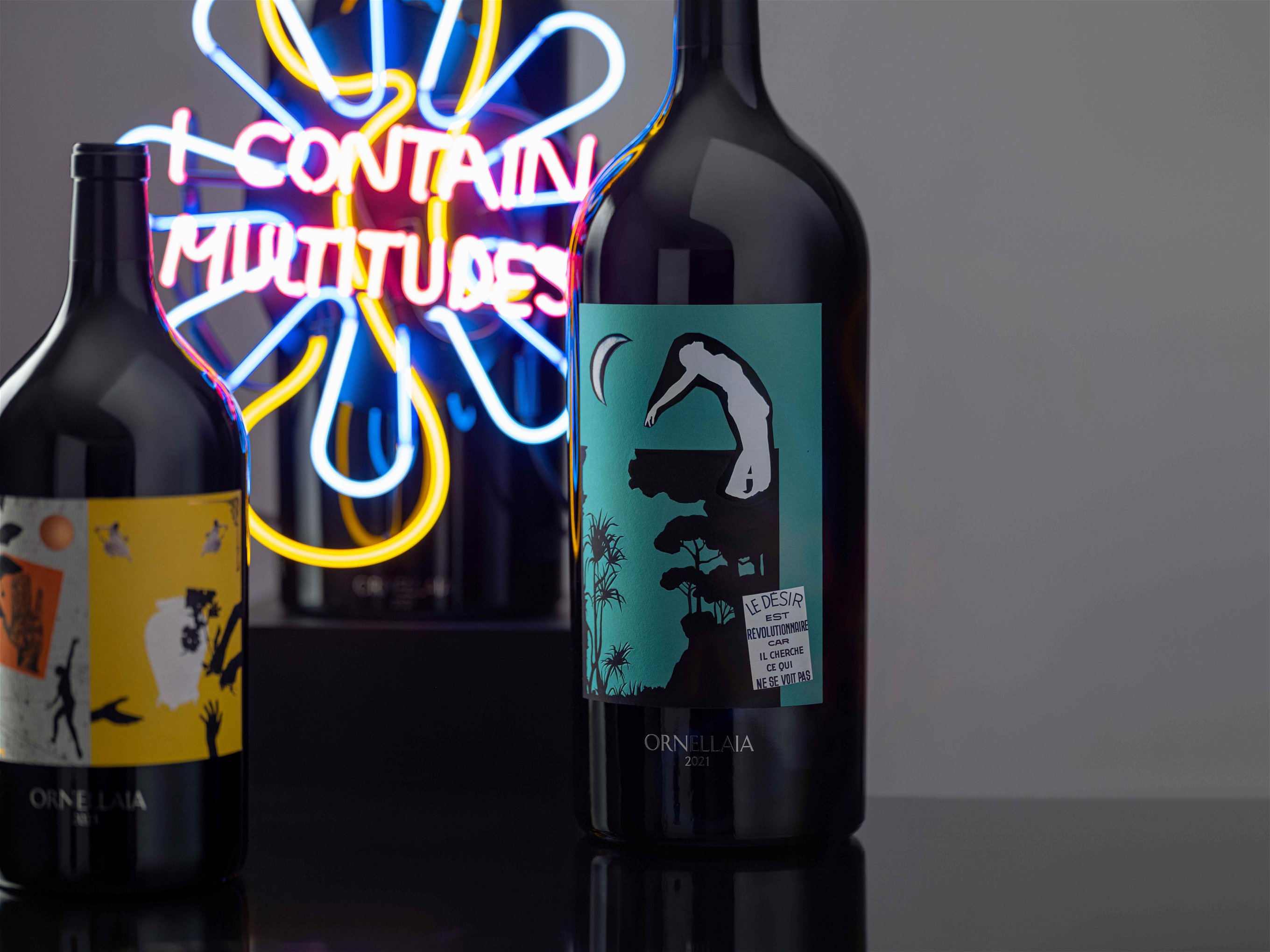Serious mountain wines: get to know California’s Pine Mountain-Cloverdale Peak AVA
Learn how elevation makes wines from this AVA so unique.
In California, there’s a small AVA hiding in plain sight — one just has to look up. Pine Mountain-Cloverdale Peak AVA encompasses both Sonoma and Mendocino counties, and with just a handful of estates producing fruit from these high-elevation vineyards, it’s one of California’s best-kept secrets.
It’s believed vine cultivation began in the 1850s, around the same time Count Agoston Haraszthy founded Buena Vista Winery, the oldest winery in California. However, the area was best known for its mineral water, which was sold as a health tonic. But as viticulture developed, producers turned water into wine, so to speak. In 2011, Pine Mountain-Cloverdale Peak became an officially recognized AVA.
Located at the northern end of the Mayacamas mountain range, a portion of the territory resides in Sonoma’s Alexander Valley and the rest in Mendocino. In total, 4,750 acres fall within the AVA’s borders, but only 270 acres are under vine. That means production is tiny. Cabernet dominates the plantings, but a smattering of other red Bordeaux varieties, plus the white grapes Sauvignon Blanc and Chardonnay, also thrive.
One of the highest-elevation AVAs in California
The official boundaries of the AVA begin at 1,600 feet, and even then, one won’t really see vineyards until about 1,800 feet, peaking at about 3,000 feet. It’s considered one of the highest-elevation AVAs in all of California. For winemakers, it’s this elevation that makes wines from the AVA so unique. At 1,600 feet, vineyards sit about the fog layer, which means drastically different climactic conditions than below.
“Where the valley floor has hot days and cool nights and a very large diurnal temperature range (a difference of 50 degrees Fahrenheit), up on our estate vineyard we have the opposite,” says Sam Teakle, winemaker at Câpture Wines. In the evening, cool air displaces the warm air on the valley floor. This warm layer then rises up, meaning the high-elevation sites see higher temperatures in the evening. Because windy conditions keep daytime temperatures relatively cool in the AVA, the diurnal shifts are less dramatic, too (a difference on average of 30 degrees Fahrenheit). During the night, a marine inversion layer—in which heavy coastal fog slips beneath warm air—keeps the cold temperatures at valley floor level.

Due to the climactic conditions, the growing season is relatively short. “We are the last to see bud break, but one of the first sites to harvest,” says Teakle. “I have the luxury of physiological ripeness without the long hang time other Cabernet producers preach about. This gives me the opportunity to harvest on the earlier side which provides more red fruits, a distinct forest savoriness, and my favorite, bright natural acidity. “
Doug Hackett, the winemaker at Pine Mountain Vineyards, counts the steep slopes and well-draining, thin soils—over 50 percent of the AVA contains soils that are 12 inches deep or less—as another key element in the style of wines from the AVA. These rugged soils stress the vines, which ultimately leads to more concentration. “The unique terroir and microclimate produce smaller clusters and berries,” says Hackett. “This makes for deep rich colors and bolder more complex flavors.”

But it’s not just the soils that present challenges. Winds can reach up to a very gusty 110 miles per hour. On the flip side, though, it reduces disease pressure by acting as a natural duster against mildew that could form from the heavy rains which drench the vineyards.
But for winemakers, it’s these hardships that create Pine Mountain-Cloverdale Peak AVA’s distinct wines. “These building blocks provided by the mountain—the soils and the weather—allow me to craft the Câpture reds into a fairly unique style,” says Teakle. “They are indeed true mountain wines, full of structure and texture, but they have a distinct elegance and balance to them seldom seen in other mountain sites.”













